25 травня 2022 року учениця групи КОА-161 Дудко Єлизавета під керівництвом викладача Чигілейчик Жанни Миколаївни, взяла участь у Всеукраїнському віртуальному арт-просторі «Моя Україна – єдина та вільна», де об’єдналися слово і музика, творча атмосфера заради життя та перемоги!
Єлизавета продекламувала вірш запорізького поета Ігоря Кириченка «Квітка Україна».
До участі у віртуальному арт-просторі долучились учнівська молодь закладів загальної середньої освіти, здобувачі освіти й представники закладів освіти, установ та організацій, які надають послуги у сфері професійної (професійно-технічної) освіти, фахової передвищої й вищої освіти з майже усіх регіонів України, демонструючи свій патріотизм та активно концентруючи всю увагу на своїй культурі, мові та історії.
За результатами проведеного заходу Єлизавета нагороджена Дипломом Науково-методичного центру професійно-технічної освіти у Запорізькій області за активну участь у віртуальному арт-просторі.
Бажаємо Єлизаветі подальших досягнень та звершень!
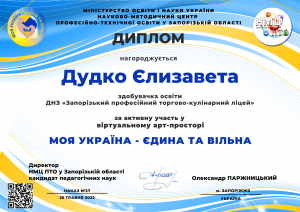


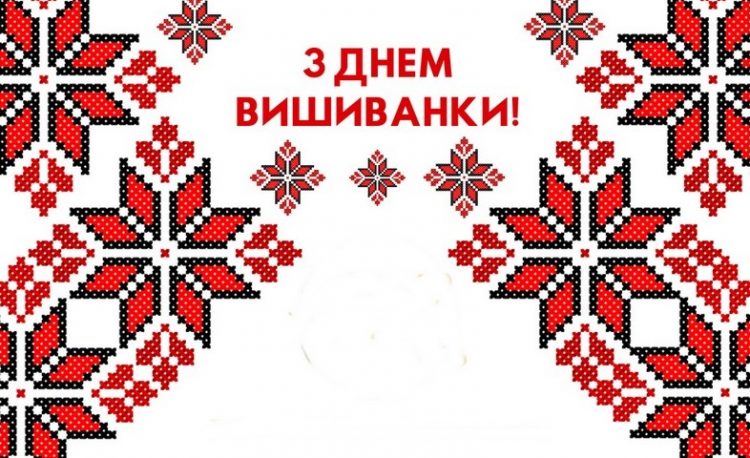
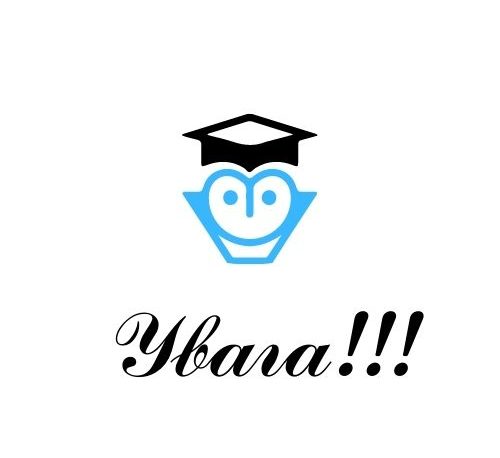
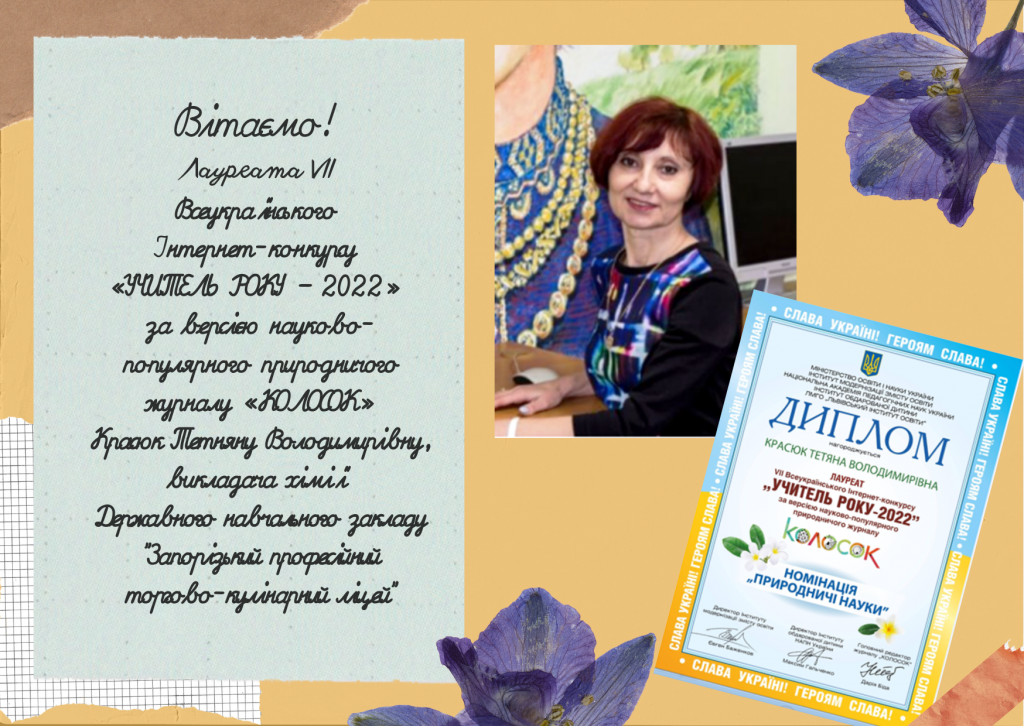


 14.02.2022 року за підтримки Департаменту молоді, сім’ї та спорту Запорізької міської ради учні нашого ліцею отримали білети на прем’єру кінострічки Незвідане: Удача Дрейка. Прем’єру кінострічки була трансльована у кінотеатрі ім. Довженко.
14.02.2022 року за підтримки Департаменту молоді, сім’ї та спорту Запорізької міської ради учні нашого ліцею отримали білети на прем’єру кінострічки Незвідане: Удача Дрейка. Прем’єру кінострічки була трансльована у кінотеатрі ім. Довженко.



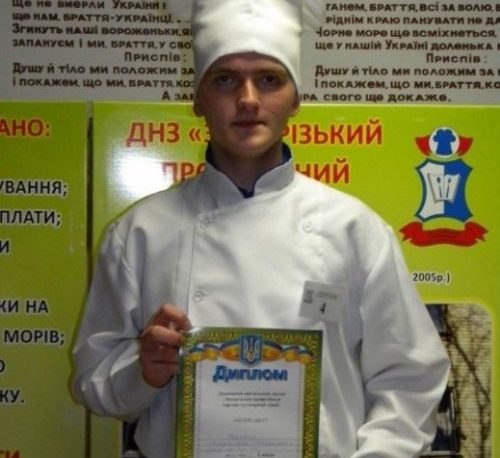
 Коровін Владислав, учень групи КК-131, професія «Кухар; кондитер». Владислав навчається на третьому курсі, опановує професії кухар і кондитер. Він з династії кухарів. Навчаючись у ліцеї, вже після першого курсу Влад проходив виробничу практику, працюючи разом з мамою на узбережжі Азовського моря. Він приймав участь у встановленні рекорду Гінесса в Україні по виготовленню домашньої ковбаси завдовжки 100 метрів.
Коровін Владислав, учень групи КК-131, професія «Кухар; кондитер». Владислав навчається на третьому курсі, опановує професії кухар і кондитер. Він з династії кухарів. Навчаючись у ліцеї, вже після першого курсу Влад проходив виробничу практику, працюючи разом з мамою на узбережжі Азовського моря. Він приймав участь у встановленні рекорду Гінесса в Україні по виготовленню домашньої ковбаси завдовжки 100 метрів.